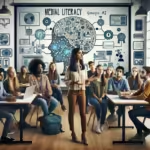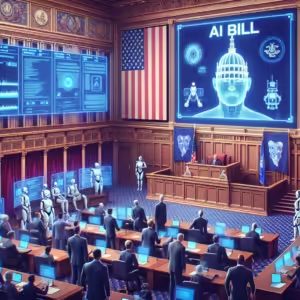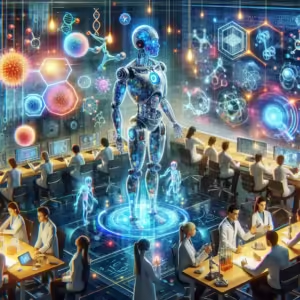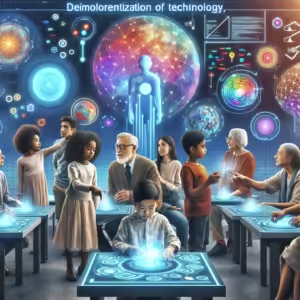Understanding the Power of Media Literacy in the AI Era
In our rapidly advancing digital age, artificial intelligence (AI) is becoming increasingly integrated into our daily lives. From personalized news feeds to automated content generation, AI is reshaping how we consume information. However, with this transformation comes the critical need for enhanced media literacy. Empowering individuals to navigate and critically evaluate media content is more important than ever.
The Intersection of AI and Media Consumption
AI technologies are profoundly influencing the landscape of media consumption by:
- Personalizing content to align with individual preferences.
- Automating the creation of news stories, articles, and even video content, often without human oversight.
- Curating information that shapes public perception and opinion through algorithmic recommendations.
This blending of AI and media brings about a new set of challenges—chiefly, the risk of misinformation and the erosion of trust in traditional news sources. Media literacy is the key to navigating these challenges effectively.
The Importance of Media Literacy
Media literacy equips individuals with the skills necessary to critically analyze and evaluate media content. At its core, it involves:
- Understanding the role of media in society.
- Recognizing bias and misinformation in various forms of content.
- Assessing the credibility of sources and identifying the purpose behind the dissemination of information.
Developing Media Literacy Skills in the Digital Age
Developing robust media literacy skills is crucial to navigating the complexities of digital media influenced by AI. Here are some strategies to enhance media literacy:
Cultivate Critical Thinking
Encourage active questioning of the media consumed by:
- Evaluating the source: Determine whether the information is coming from credible and reputable sources.
- Identifying bias: Understand the perspective and potential bias inherent in the content.
- Cross-checking facts: Validate information with multiple reliable sources to ensure accuracy.
Learn About AI’s Role in Media
Understanding how AI influences media can demystify its effects:
- Explore algorithm dynamics: Learn how algorithms curate and present personalized information.
- Recognize AI-generated content: Become aware of automated content and the potential lack of human editorial oversight.
- Assess technological impact: Examine the broader implications of AI on information dissemination and public discourse.
Educational Initiatives to Promote Media Literacy
Enhancing media literacy requires comprehensive educational approaches:
Integrate Media Literacy in School Curricula
Embedding media literacy in educational frameworks can prepare learners from an early age:
- Implementing digital literacy programs: Teach students to evaluate digital content critically.
- Encouraging media projects: Engage students in creating and analyzing media content.
- Facilitating discussions on current issues: Use contemporary events to foster critical thinking and assessment skills.
Highlight Lifelong Learning Opportunities
Media literacy is an ongoing learning process that extends beyond formal education:
- Offer community workshops: Provide resources and sessions on media literacy for all age groups.
- Utilize online courses: Access digital platforms that offer media literacy training and resources.
- Encourage self-directed learning: Inspire individuals to engage in self-study and critical analysis of media content.
The Role of Policymakers and Organizations
Creating a media-literate society requires collective action, including policy and institutional support:
Policy Frameworks
Governments can play a pivotal role by:
- Establishing media literacy guidelines: Develop national standards and frameworks for media education.
- Fostering public awareness campaigns: Promote media literacy awareness through national campaigns and public service announcements.
- Supporting research initiatives: Encourage research into the impact of AI on media consumption and literacy.
Organizational Contributions
Non-governmental organizations and the private sector can also contribute significantly:
- Creating partnerships with educational institutions: Collaborate to deliver training and resources on media literacy.
- Developing technology tools: Innovate tools and applications that aid in the critical evaluation of media content.
- Funding media literacy programs: Invest in initiatives that promote informed, critical consumption of digital content.
Conclusion
In the age of artificial intelligence, fostering media literacy is not just an educational imperative but a societal necessity. By enhancing critical thinking skills, promoting educational initiatives, and supporting policy frameworks, we can empower individuals to navigate the complex media landscape with discernment and responsibility. As AI continues to redefine media consumption, our collective resilience depends on our ability to think critically, evaluate wisely, and engage with media content constructively.








